Dr. Mel Levine once accompanied a group of sixth-graders on a field trip. During the fun and games, he asked them what weighed more heavily on them at the end of each day, academic pressures or social pressures.
Social pressures, they called out at once, no question about it. “I’d much rather flunk a test,” said one boy, “than not be invited to a party.”
Coolness, Levine believes, is the unnamed, often misunderstood cause of so much of our teenage angst. The drive to be cool, to fit in, to suppress one’s uniqueness for the group — it’s hard to overestimate how much this thwarts childhood development.
“The highest priority for a teen is the avoidance of humiliation at all costs,” said Levine. “Cool is an obsession. It prevents children from developing as individuals because they are so concerned about coolness.”
Levine is the child-rearing specialist of moment these days: best-selling books, a “60 Minutes” feature, nonstop lectures and — need one say more –Oprah’s go-to guy for child development and education. A professor of pediatrics at the University of North Carolina, he’s also the founder of All Kinds of Minds, a nonprofit institute for understanding differences in learning.
I’m aware that theories and approaches are subject to fad and fashion, but I’ve read two of Levine’s books (and a July 2002 Jewish Journal cover story on him), and I’m impressed.
Last month, I heard him speak at a daylong seminar hosted by Aish HaTorah at a not-too-shabby Bel Air home. I knew he was adept at parsing the meaningful differences in how individual children learn. But what surprised me was his call for the death of cool, and his dispassionate — dare I say cool? — analysis of the role coolness plays in undermining our children.
As the school year leaps to a start, we will begin confronting this issue as parents. But the truth is, living through our own teen years provides a rich repository of useful experience. I remember my foray into coolness with the degrading precision of a Roz Chast cartoon. In seventh grade, the cool kids, I thought, were the ones wearing low riders and paisley shirts.
So that’s how I showed up to my first junior high party — only to have Mr. Cool himself turn to me in front of three pretty girls.
“Hey,” he pointed to my hip-huggers, “I hope you’re not expecting a flood.”
I blushed, went home, and if memory serves, buried those pants in the backyard.
Levine divides kids into four social types: popular, controversial, neglected and rejected.
What I didn’t know then was that I hovered somewhere between controversial and neglected — a bit outside the norm, but not enough so many kids would take notice. When I tried unilaterally to make a leap in status, Mr. Cool quickly put me in my place. By eighth grade, self-esteem kicked in and I realized I could find happiness outside the cool kids’ embrace. My junior high was big enough to allow for self-sufficient tribes of like-minded Odyssey-loving, square-dancing dweebs like me.
But for many kids, the blows can be crushing, and the biggest casualty is getting to know and develop who you are. “The real issue,” said Levine, “is to what extent you’re willing to sacrifice your own individuality to be seen as cool.”
As the doctor ticked off the four features of adolescent coolness, we parents nodded knowingly, or winced. Coolness means a certain imperviousness, a kind of grace under pressure. It requires up-to-date tastes, knowing what’s in, but also lending your own sense of style to what others are wearing, provided, as Levine points out, “you stay on the cool side of weirdness.” Coolness means a willingness to break taboos — smoking, belly rings, tattoos — though usually you’re breaking taboos en masse.
And finally, coolness is choreographed. “It’s how you move your body,” Levine said, “especially your upper extremities.” Levine’s untested theory is that smoking is relentlessly cool because it gives teens something elegant to do with their gangly arms.
There is an aspect of coolness that works. We are social beings, and our success is often pegged to how well we learn to fit in. But the same traits that define adolescent coolness don’t translate into adult success: See how much your first boss appreciates an aloof smoker who mocks the office nerds. Unless you’re David Spade, forget it.
And in Los Angeles, where adolescence can extend seamlessly into one’s late 50s, there are legions of parents who instead of guiding their children away from the pressures of cool are busy competing in the same arena. The word for it, said Levine, is neotony, which means older people who persist in acting like teenagers. That word may say more about our fair city than a Joan Didion essay.
It is cool to be cool, yes, but Levine doesn’t think that we, as parents, ought to give in so easily. He suggests asking these questions of our kids, to give them something to think about this school year: What are you sacrificing from your family life and education in order to attain and project coolness? To what extent are you not being you in order to fit in? What price are you paying by posing?







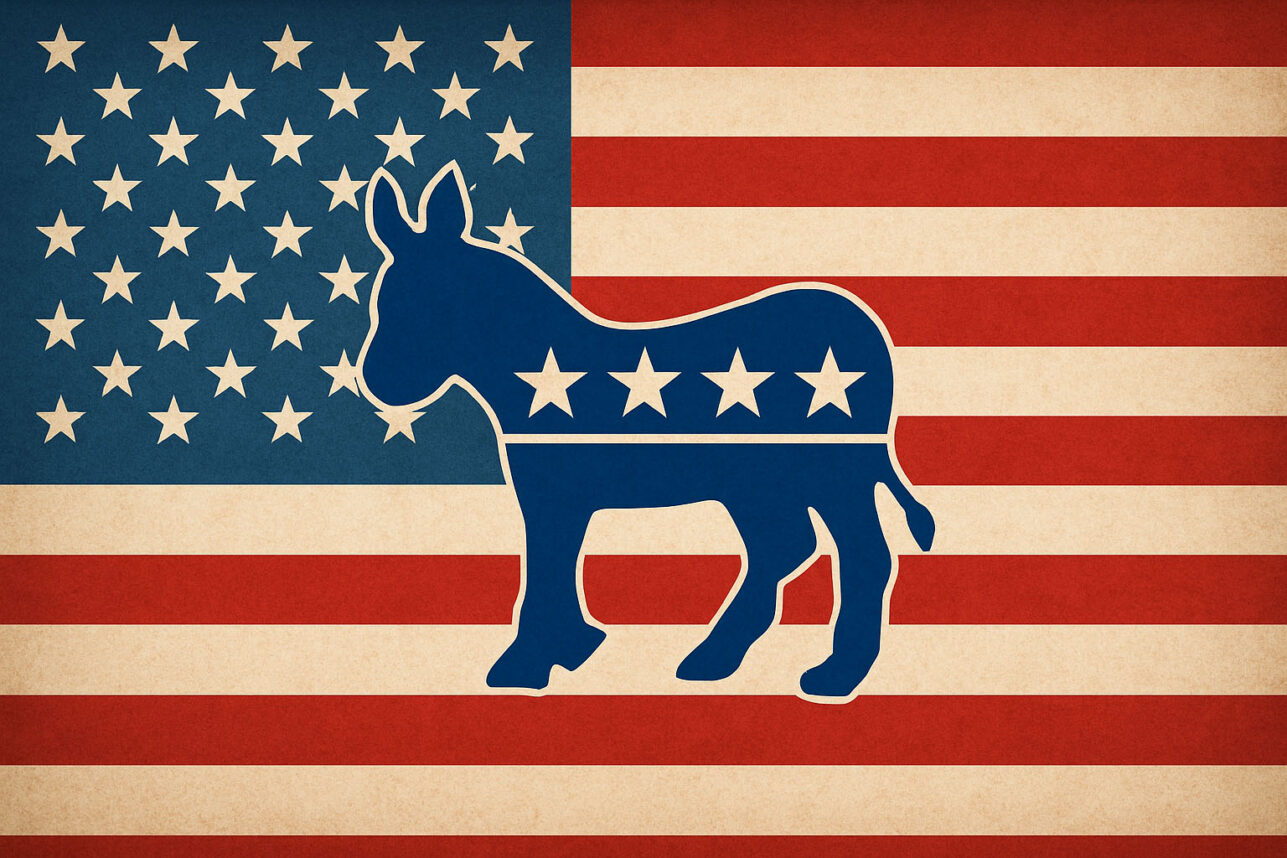









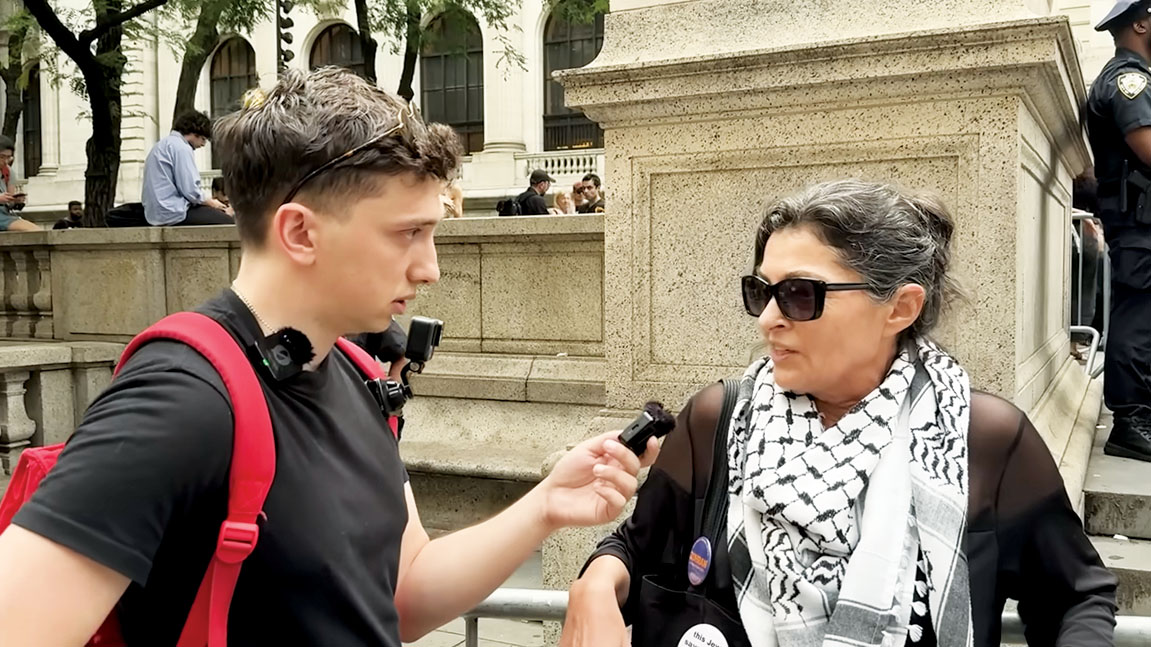



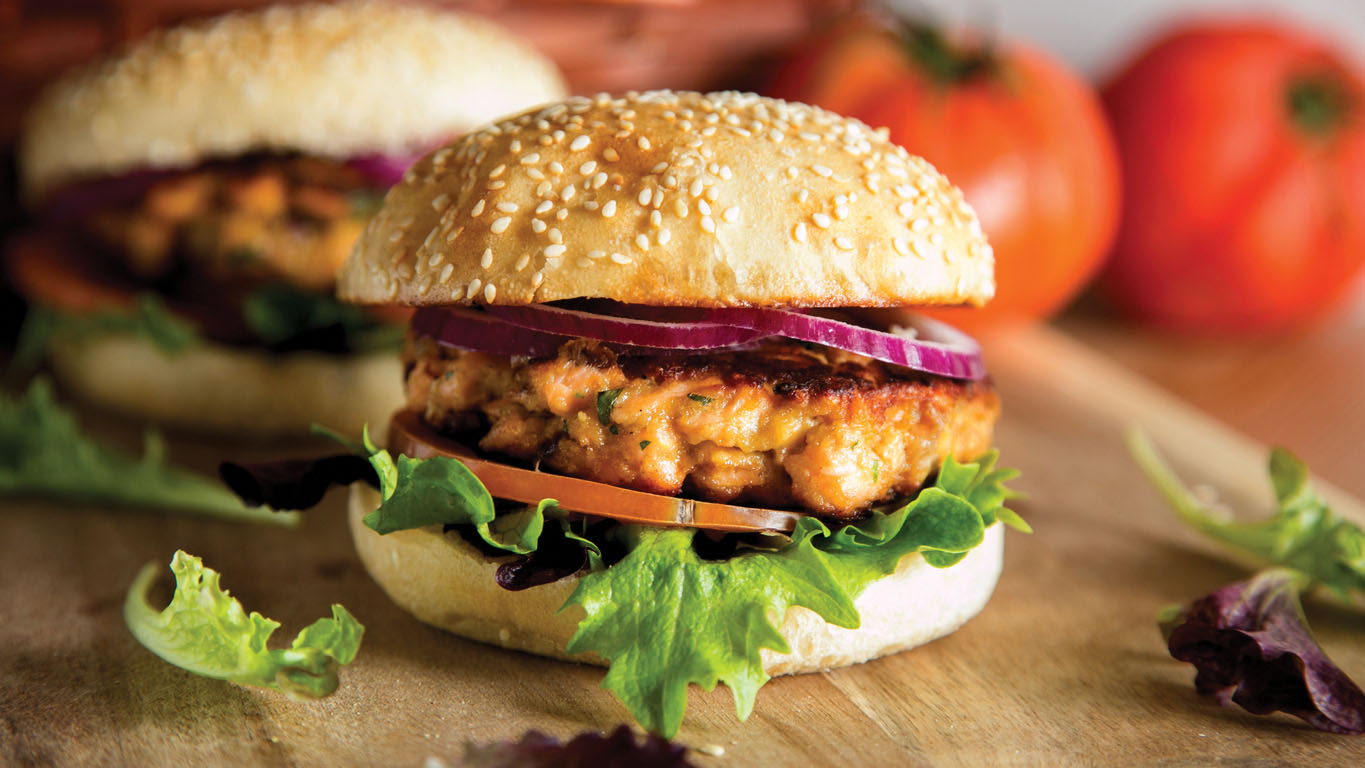
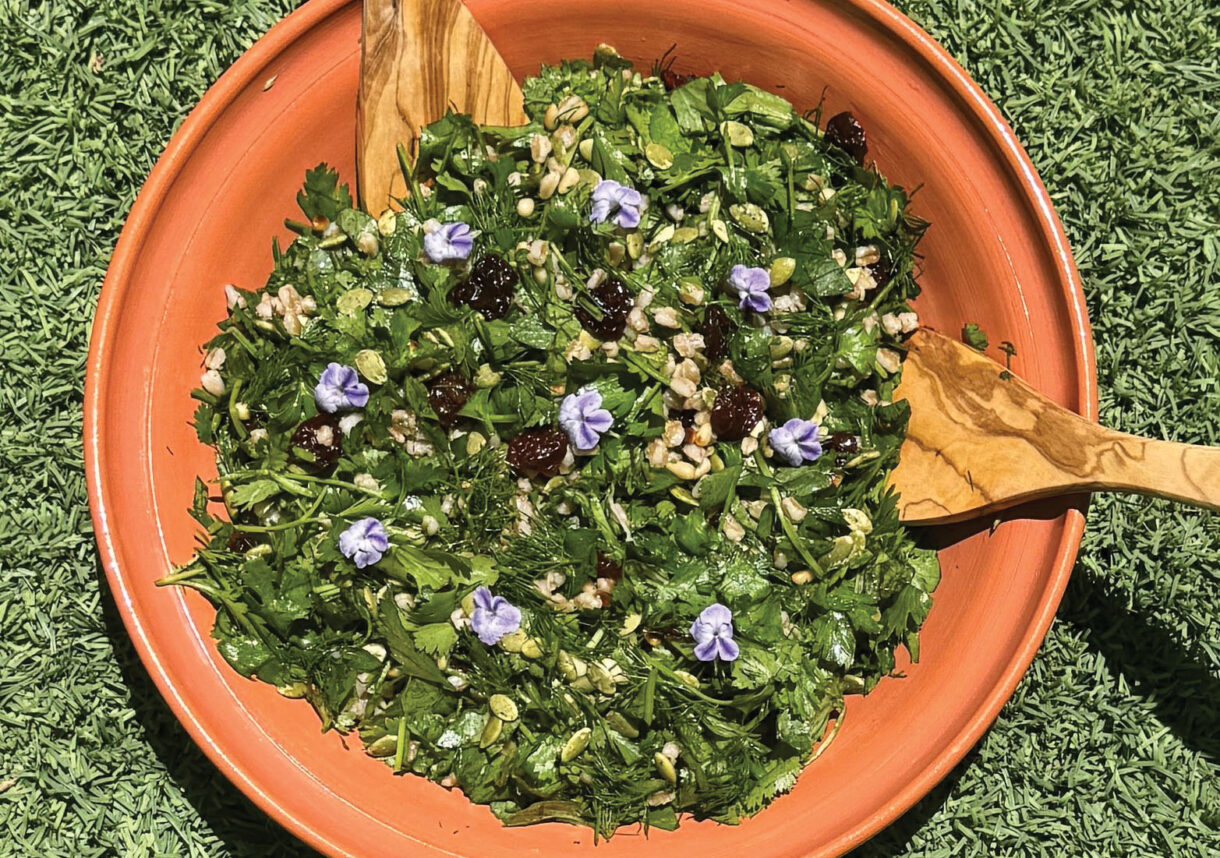







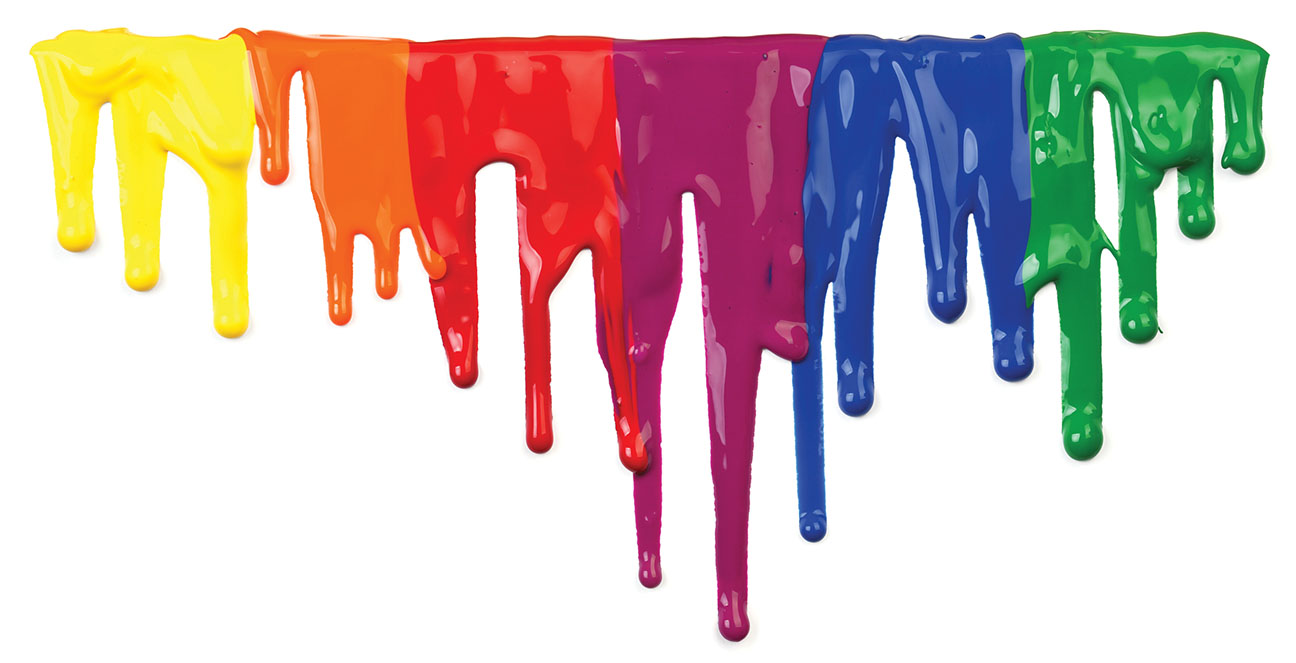



 More news and opinions than at a Shabbat dinner, right in your inbox.
More news and opinions than at a Shabbat dinner, right in your inbox.